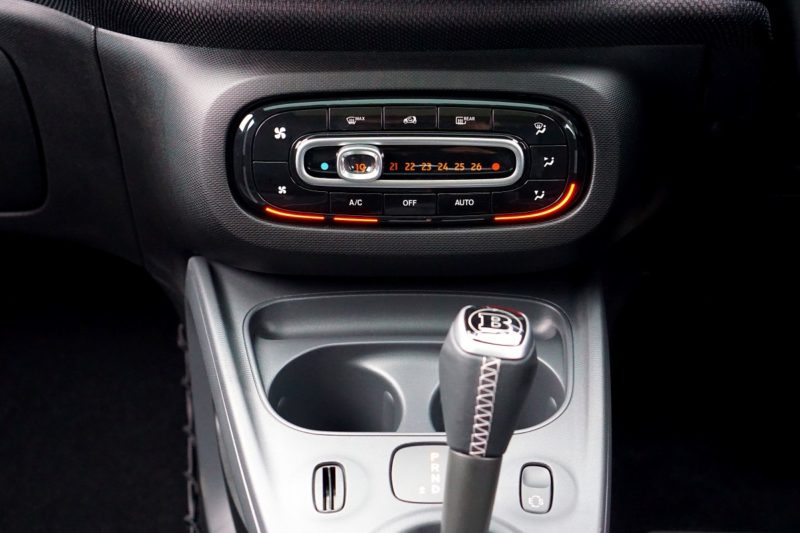Have you ever wondered what is an auxiliary heater? No more wonder you have arrived at the right place. In most cases, the excess heat from the combustion engine is used to warm the automobile.
Auxiliary warmers offer additional warming for automobiles’ occupant compartments while relying on the engine’s warmth. Especially during the winter, the vehicle warms up very quickly, particularly diesel engines. This new HVAC mechanism has been created to warm the engine more efficiently and rapidly.
Auxiliary warmers utilize the vehicle’s gasoline to warm the coolant more quickly, which then, in turn, heats the engine faster. All of this is done so that passengers may enjoy more comfort while it’s freezing outdoors. This is just an overview; keep reading to discover more.
Working Principle Of Auxiliary Heater
So, what is an auxiliary heater? An auxiliary heater’s job is to rapidly warm up the engine or coolant while it’s chilly outdoors. As a result, as quickly as you get inside the automobile, it will begin to warm up. An auxiliary heater may be initiated via a remote, and therefore engine does not need to be activated. The auxiliary heaters can run in tandem or independently. These autonomous ones function with no need to activate the engine, while the paralleled ones work whenever the engine starts, as I previously stated.
The auxiliary warming method is most commonly seen on diesel vehicles, notorious for being hard to warm in the cold. These parallel upgrading processes with the engine & cease independently once the coolant achieves a satisfactory operational temperature. This antifreeze may be heated in 5-minutes using similar error standalone heating methods.
A vehicle’s gasoline is used to run the auxiliary heating system. The pump connected to the system extracts the gas from the tank & pours it onto an electrical spark plug that ignites when the engine starts. An incandescent spark plug ignites the outside air/fuel combination in a housing. Its coolant flows in a closed environment from the outside of the container, aided by a heating pump, via the motor. If similar the central heating is self-contained, the coolant from the air conditioning unit is cycled with the radiator to warm the atmosphere.
Is It Necessary To Have An Auxiliary Heater In Your Vehicle?
When you’re a comfy individual who wants to go into a warm automobile with clear windows in the cold, auxiliary warming is an attractive option. An additional heating system benefits the engine since the engine would not be exposed to a hard freeze when you enable the system to heat the coolant when it turns on autonomously, which would be harmful throughout time, resulting in minor wear.
It is mainly dependent on where you reside. It is worthwhile to have such heating systems built in the wintertime are lengthy, and the cold season lasts for several months. However, if you live in a location where winter doesn’t occur, and temperatures are pleasant for ten months of each year, an auxiliary warmer would not be helpful. Auxiliary warmers use the car’s gasoline to warm the coolant more quickly, thereby warming the engine more quickly. This is done to provide more pleasure to travelers when it becomes freezing outdoors.
What Are The Dangers Of Using An Auxiliary Heater?
The only danger that such a sort of technology poses is stability. There have been no significant dangers associated with installing auxiliary heating in the vehicle. This warming procedure which this device is designed to perform occurs in a secure and isolated environment. Another thing to keep in mind would be that getting this equipment installed reduces the battery’s lifetime by about 18 months. However, it’s a little cost to pay for the relaxation.
Pros Of An Auxiliary Heater
This heater enhances passenger and driver comfort and minimizes the wear on the engine. And no need to wait because the machine itself is warm. Your vehicle’s ice and snow will evaporate in a second. Freezing gates are no longer a thing. Utilization is little. It may be put on almost any vehicle. It doesn’t cause pollution.
Issues With An Auxiliary Heater
In terms of system dependability, the incandescent fuse can reduce overall effectiveness with time, resulting in white smoke rather than pure gas, indicating that such a plug is not igniting properly. A recirculating coolant pump, the coding system, and the remote might all have issues. This device may break and save a report if the gadget fails 2 to 6 times. It is not possible to activate the heater on its own. The company’s maintenance and troubleshooting center should be contacted. In this case, the heater could become clogged.
Price Of An Auxiliary Heater
If you want to place auxiliary heating in the vehicle, be prepared to spend a considerable amount since they are pretty inexpensive. The price ranges from around $1500 to over $3000. It doesn’t include labor, which goes from $500 to $850 per hour.
It’s A Wrap!
We are delighted to know that you have learned what is an auxiliary heater. Auxiliary heaters offer additional warmth for automobiles traveler compartments without relying on the heat generated by the engine. Thank you, friends, for staying with us.
Read related articles; know how to make your car heater hotter and why does my car heater not work.

